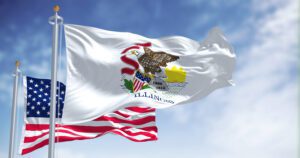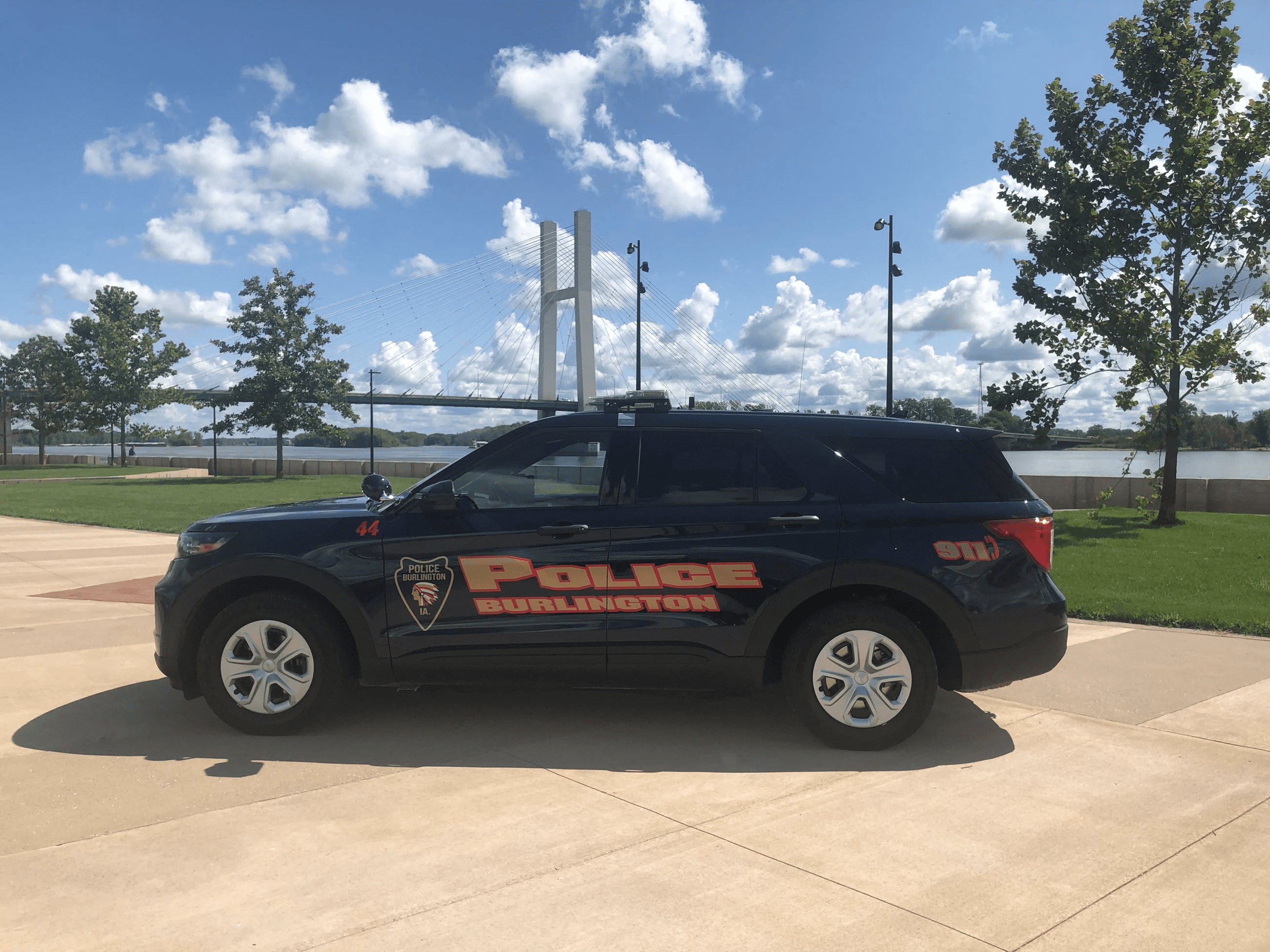In 2015, I was interviewed for an article in an Associated Press story. The topic was on biodiversity in the home landscape. While a few snippets of my interview made it into the article, I provided over 1,500 words worth of answers to the journalist’s questions. Now after five years, this interview transcript floated back up from the depths of my computer and I thought, “Hey! This is some pretty good stuff here!” For your reading pleasure, here are portions of my interview with AP writer Dean Fosdick from 2015.
–How does biodiversity in the landscape act as a buffer against disease and pests?
Biological diversity measures the variety within a biotic community. Biodiversity includes not only species diversity but also genetic diversity within a community. Over the eons, life has evolved complex natural systems over the Earth’s surface and it has done so for good reason. Every species that is lost to an ecosystem reduces the options for nature to respond to a continually changing environment. These losses put stress on the species that remain, making them more susceptible to disease and insect pests.
An example of encouraging diversity in the home landscape is the use of inter-planting or installing pollinator strips near areas in fruit and vegetable gardens. Of the 900,000 known insects on the planet, only about 1 to 3% are considered pests. Many other insects are considered beneficial while the vast majority is innocuous. Many studies have shown that incorporating natural habitat near fruit and vegetable plantings, help to reduce pest pressure. One such study out of the US Ag Research Station in Salinas, CA showed the effectiveness of sweet alyssum to attract hoverflies that control aphids on lettuce.
John Muir said it best- “When we try to pick out anything by itself, we find it hitched to everything else in the universe.”
–How about habitat loss and fragmentation regarding wildlife and beneficial pollinators?
Human development has led to significant losses of habitat and fragmentation of the American landscape. Our fragmented landscape has led to an increase in edge habitat and a significant reduction of interior habitat conditions. This shift in habitat types has led to a loss of species in many areas of the country. Conversely, generalist species, which thrive in edge habitat or urban environments, have exploded in population. Much of the human interactions with these urban species are unpleasant, thereby, we label them ‘nuisance wildlife’.
A prime example of habitat loss and fragmentation that many are following is the plight of the monarch butterfly. People of all ages and geographies in North America recognize the monarch butterfly. It is the primary species used to teach kids about the lifecycle of Lepidoptera insects. [butterflies and moths]
Those who study monarch butterflies have seen significant drops in their population for several years. The cause of decline is complex and has various reasons, but a primary factor is habitat loss. Clean farming and clean gardening have left little room in our landscapes for plants out of place, aka ‘weeds’. Property owners can play a role in helping monarchs by planting natural habitat areas. The University of Kansas has a program that certifies such sites as Monarch Waystations. The program is managed through MonarchWatch.org.
–You see the word “sustainability” used frequently but how would you define it?
My personal definition of sustainability is a practice that contributes both ecologically and socially. A sustainable landscape is biologically diverse, contributes to the local food webs, is befitting to the property owner, and can respond to stresses of the environment. However, I tend not to use the term ‘sustainable’, especially when it comes to the landscape. The perception by many is that a sustainable landscape takes care of itself, which is far from true. Prairies, woodlands, wetlands and any other natural areas require some form of management. I find that most homeowners with ‘sustainable’ landscapes work very hard to keep out invasive species. That becomes a full-time job in today’s global environment.
When I teach sustainable landscaping, I ask the audience when they hear ‘sustainable’ to instead think ‘resilient’.
Good Growing Tip of the Week: Leaving dead limbs and tree snags and brush piles are all great sources of food and shelter for wildlife. Promote local ecology by not tidying up the planting beds in the fall. Leave those seed heads for birds to eat over the winter. Instead of bagging up your fall leaves, shred them and place them beneath your shrubs as mulch for overwintering insects.
***Report Courtesy of the University of Illinois Extension***















